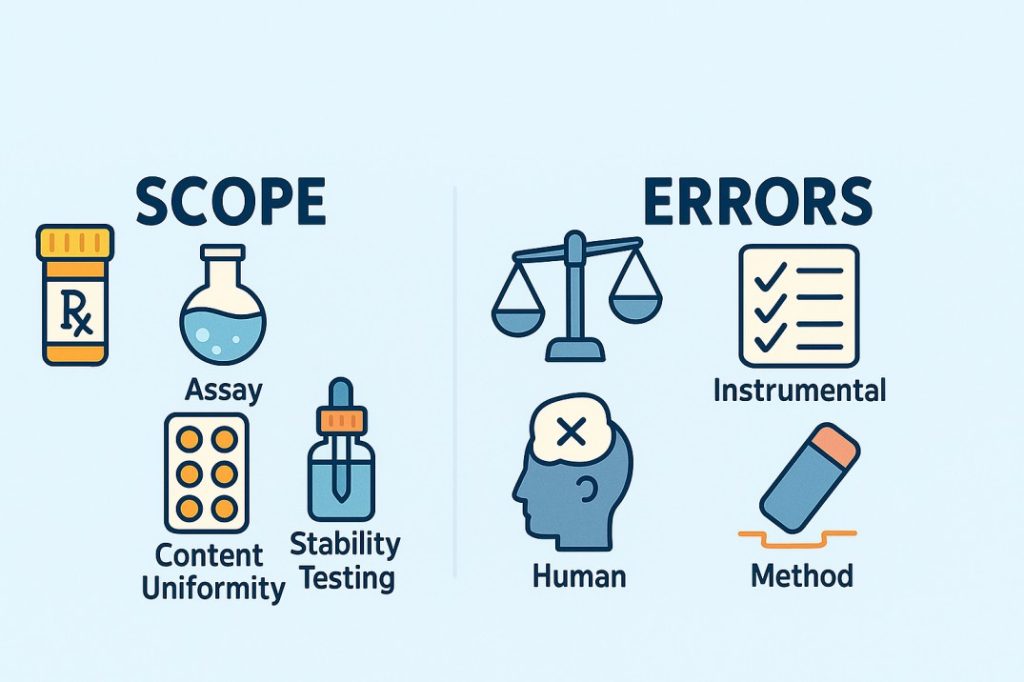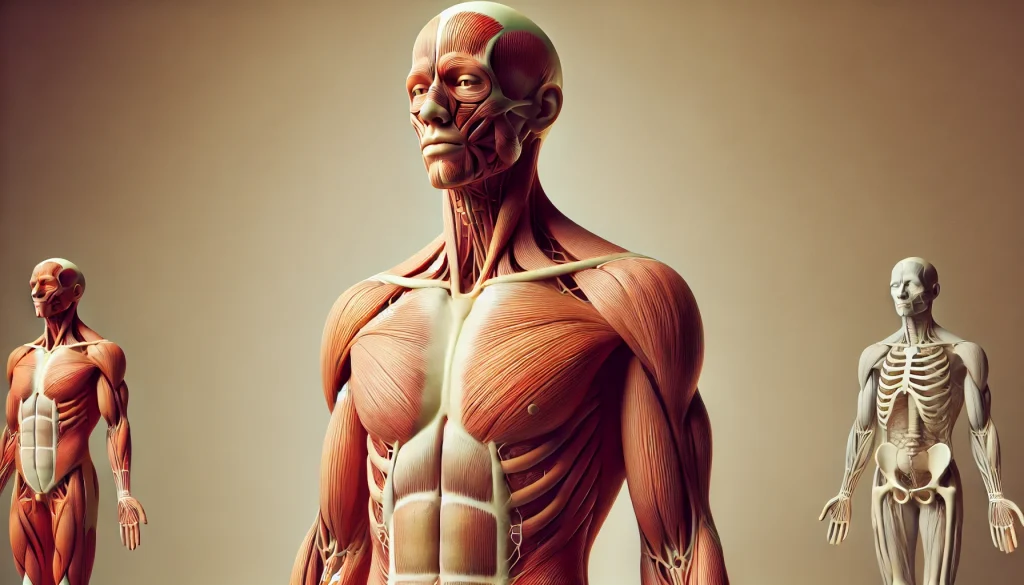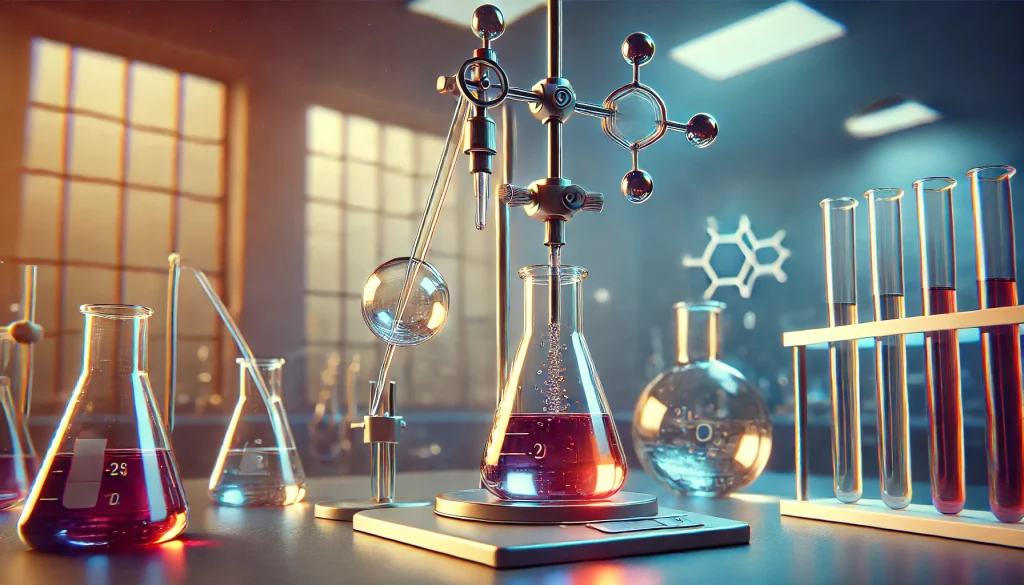Monophasic & Biphasic Liquids U-3
Monophasic Liquids
- Monophasic Liquids
- Gargles
- Mouthwashes
- Throat paint
- Eardrops
- Nasal drops
- Enemas
- Syrups
- Elixirs
- Liniments
- Lotions
Biphasic Liquids
- Biphasic Liquids
- Suspensions
- Flocculated suspension
- Deflocculated suspension
- Emulsions
- Emulsifying Agents
- Test for the identification of type of Emulsion
- Methods of preparation of emulsion
- Stability problems and methods to overcome of emulsion
Other Units of Pharmaceutics I
Other Subjects of B Pharmcy Semester 1

Download Our App for Premium Pharmacy Notes
Unit 3 – Monophasic & Biphasic Liquids
Pharmaceutical Analysis I – B Pharma 1st Semester (AKTU & PCI Syllabus)
At FirstHope, we offer precise, exam-oriented notes aligned with the PCI-approved B Pharma syllabus. Unit I of Pharmaceutical Analysis introduces key concepts like concentration methods, standard solutions, and analytical errors. Therefore, a strong grasp of this unit is vital for semester success and exams like GPAT and NIPER.
Monophasic Liquids
Single-phase liquid dosage forms used internally or externally.
Examples:
- Gargles, Mouthwashes – Treat mouth/throat infections.
- Throat Paints – Applied directly to throat.
- Ear/Nasal Drops – Sterile solutions for local use.
- Enemas – Rectal administration for treatment or diagnosis.
- Syrups – Sweetened, medicated aqueous solutions.
- Elixirs – Clear hydroalcoholic solutions.
- Liniments, Lotions – Topical for pain relief or soothing.
Biphasic Liquids
Contain two immiscible phases, requiring emulsifiers or suspending agents.
Suspensions
Dispersions of solid particles in a liquid medium.
Details:
- Advantages – Masks taste, good for insoluble drugs.
- Disadvantages – Sedimentation, caking.
- Types – Flocculated, Deflocculated.
- Preparation – Use of wetting agents, dispersion techniques.
- Stability – Improved with flocculants, viscosity enhancers.
Emulsions
Dispersions of one liquid in another immiscible liquid.
Details:
- Types – Oil-in-water (o/w), Water-in-oil (w/o).
- Emulsifiers – Natural or synthetic agents.
- Tests – Dilution, dye solubility, conductivity.
- Preparation – Dry/wet gum, bottle, or in-situ methods.
- Stability Issues – Cracking, creaming; resolved with proper agents.
Thank you for reading from Firsthope's notes, don't forget to check YouTube videos!


